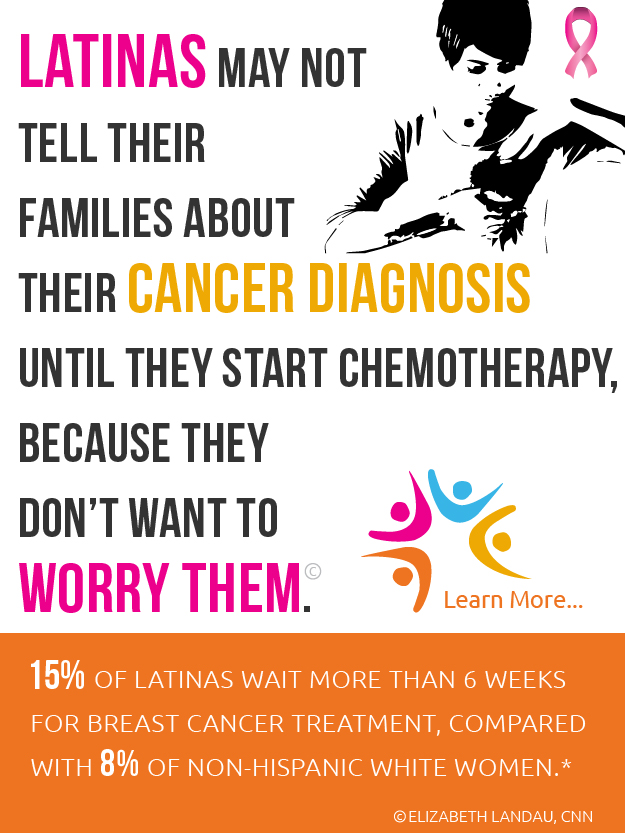“Most research to date has focused on comparisons of white and black women with endometrial cancer,” said Dr. Ana M. Rodriguez, assistant professor of obstetrics and gynecology at UTMB. She noted in a press release that very few studies have examined the age distribution, disease presentation, and endometrial cancer outcomes among Hispanic women.
In an effort to shed light on endometrial cancer among Hispanic women, Rodriguez and her team put together the largest endometrial cancer study among Hispanic women to date. Out of more than 69,000 study participants, the team found U.S.-born, foreign-born, and birthplace-unknown Hispanics presented with endometrial cancer at a younger age (under 50 years) compared to non-Hispanic whites.
In addition to presenting with the disease at a younger age, a higher number of Hispanic women in the study presented with late-stage endometrial cancer and more aggressive cancer cells when compared to a similar group of non-Hispanic whites.
Overall, Hispanic ethnicity–regardless of U.S- born of foreign-born–was associated with less favorable disease outcomes.
“While the incidence of endometrial cancer is higher in non-Hispanic white women, we found that minority patients tend to be diagnosed with more aggressive cancer,” Rodriguez said. “Early detection is vital to improving endometrial cancer survival as most of the disparity was due to the progression of the disease. Increased efforts are needed to improve education and increase access to early care for Hispanic women.”
The UTMB team feels the disparity seen among Hispanic women has much to do with timely treatment. The data suggests Hispanic women are not seeking medical attention when their symptoms first appear.
According to the Mayo Clinic, endometrial cancer can be masked by symptoms that some women may consider normal. For example, pain during intercourse, pelvic pain, bleeding between periods, and bloody vaginal discharge can all be warning signs that may go unheeded.
Unfortunately, there is no screening test for endometrial cancer as there is for cervical cancer. The disease is only identified when a woman visits her physician due to concerning symptoms. For this reason, it’s important for Hispanic women to get to the doctor as soon as they experience any abnormal feminine issues.












Post your Comment
Please login or sign up to comment
Comments